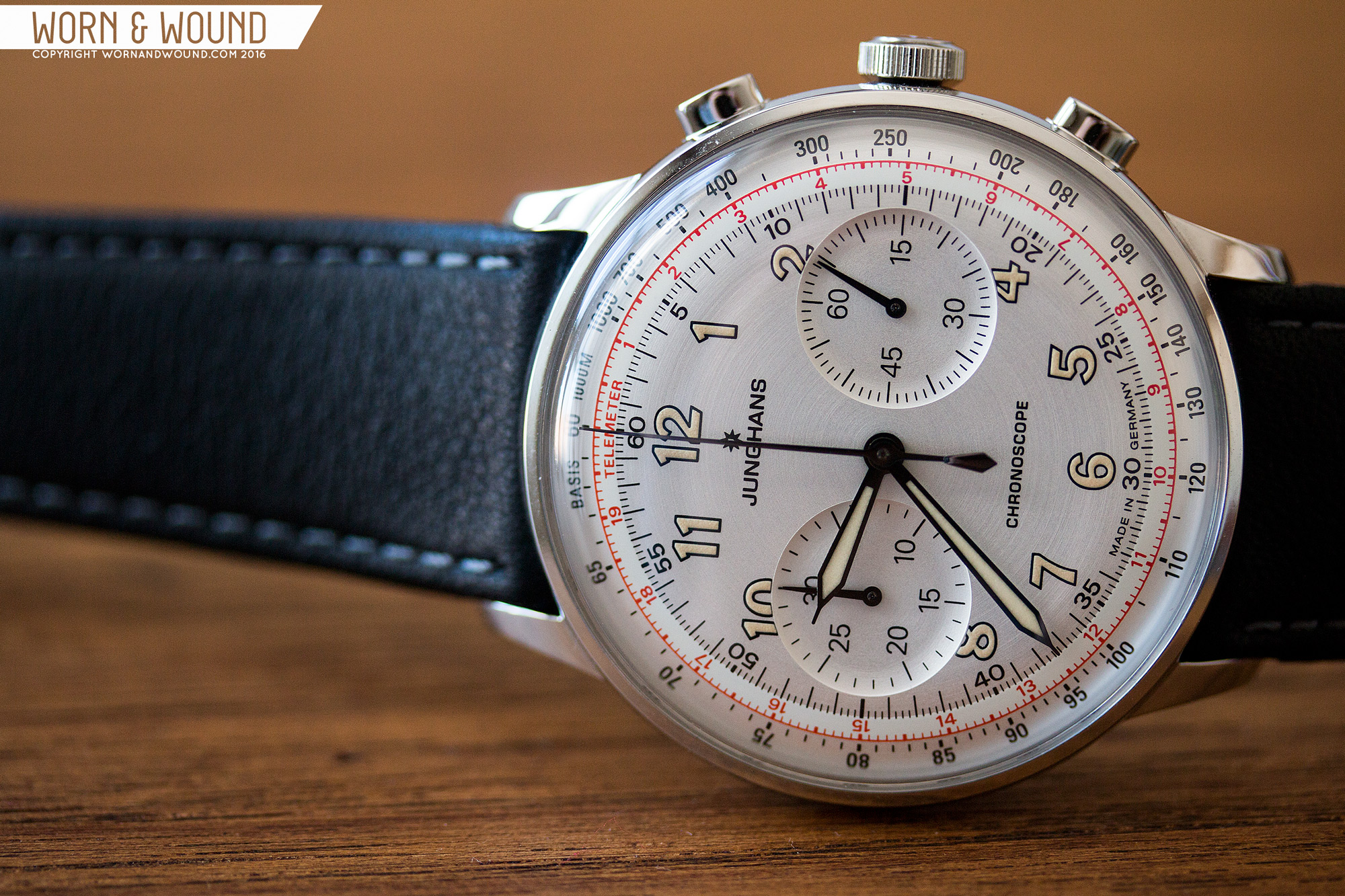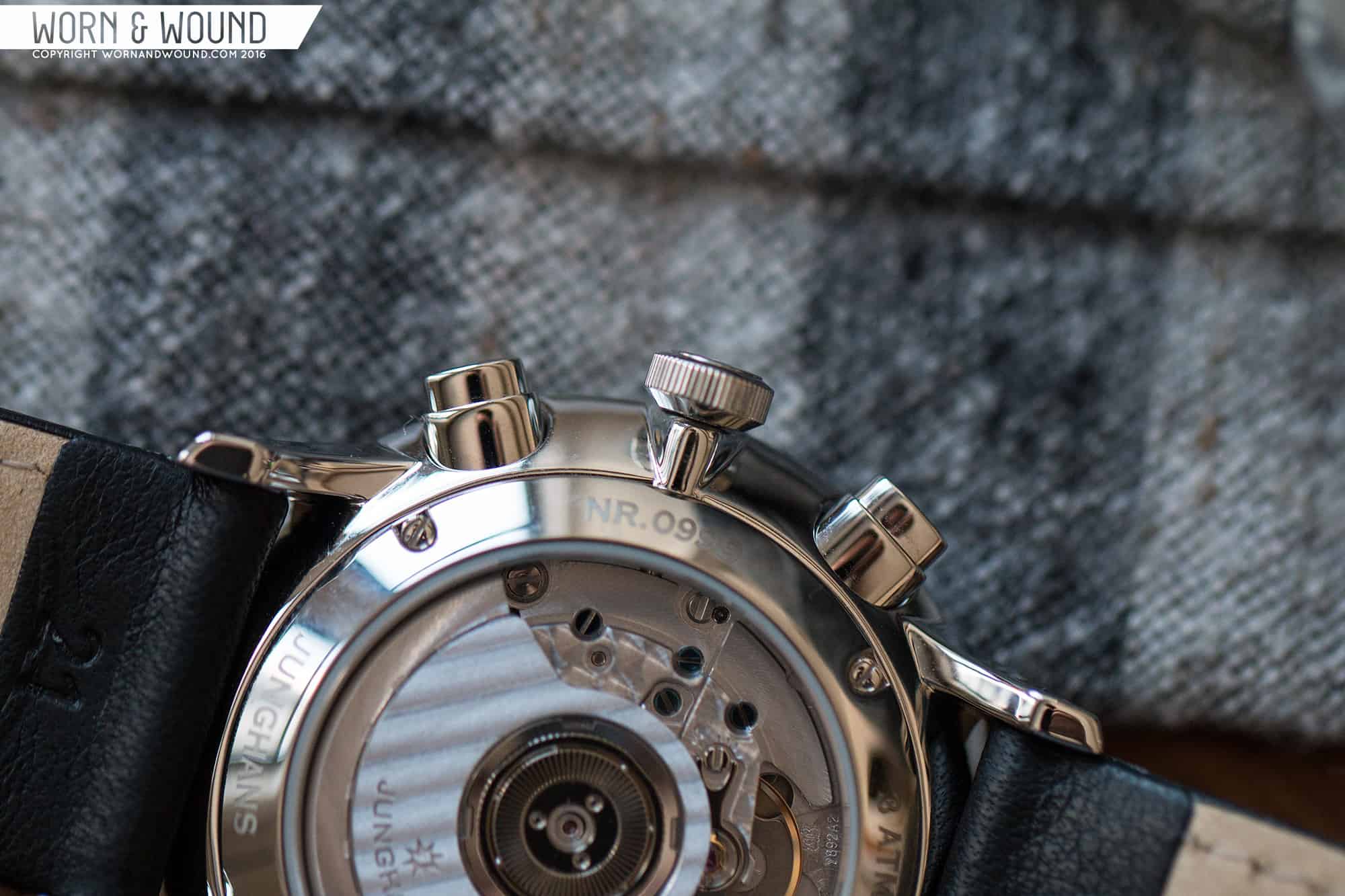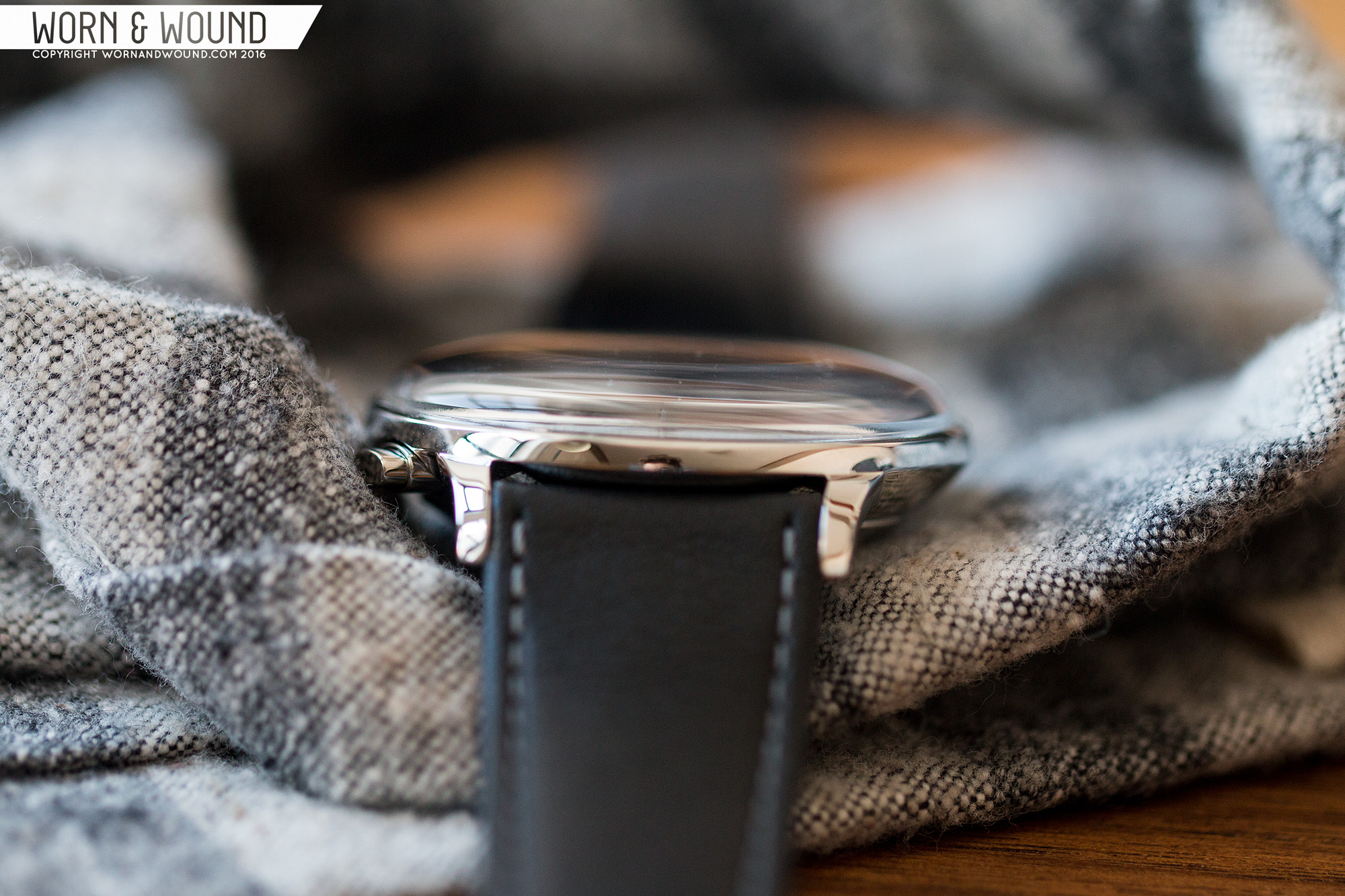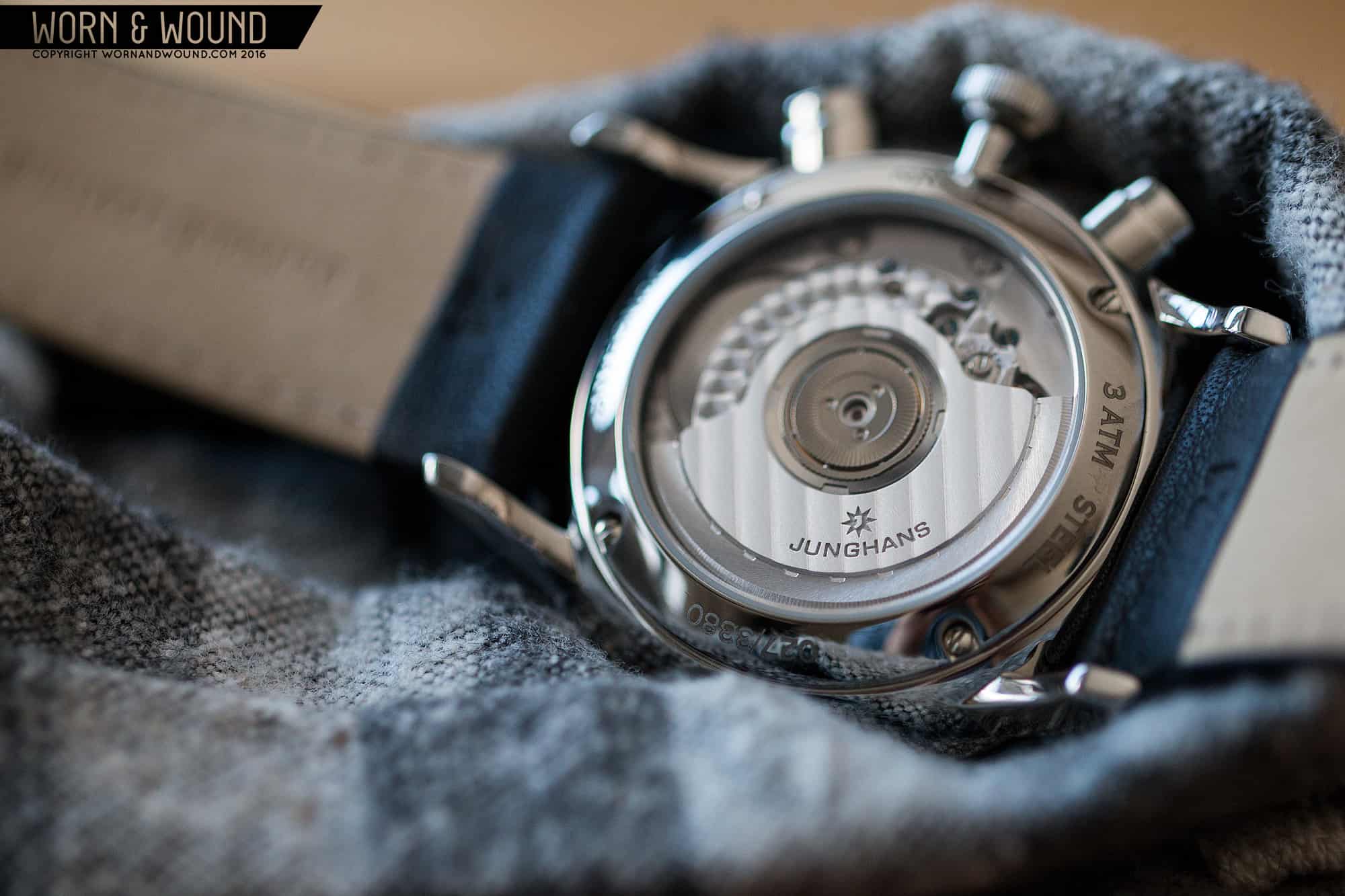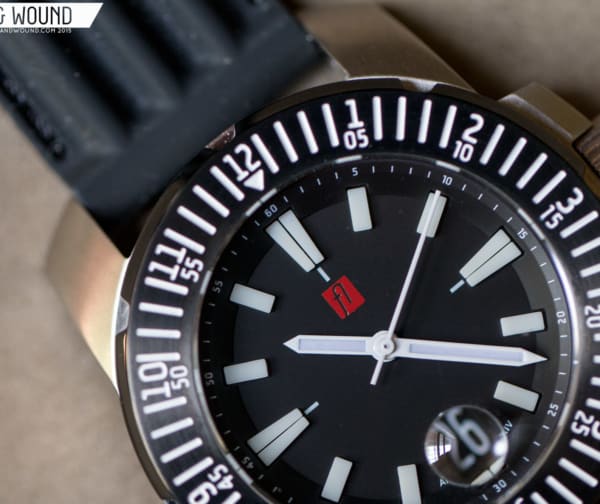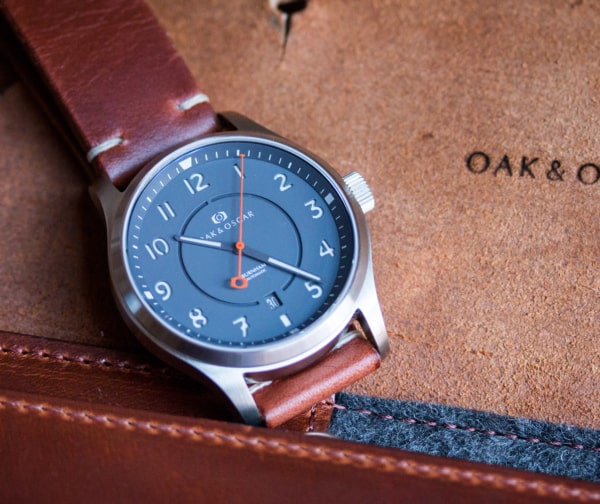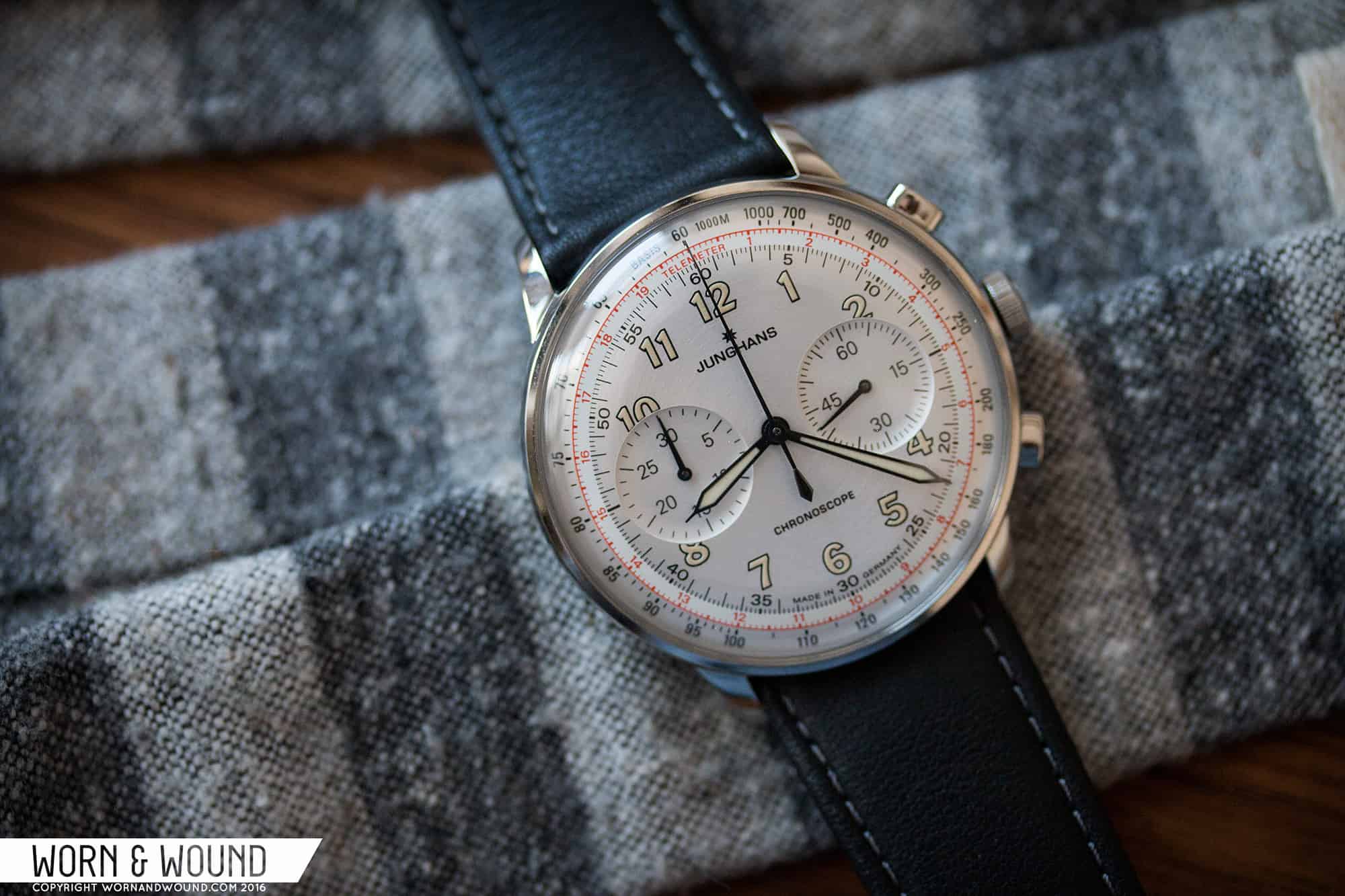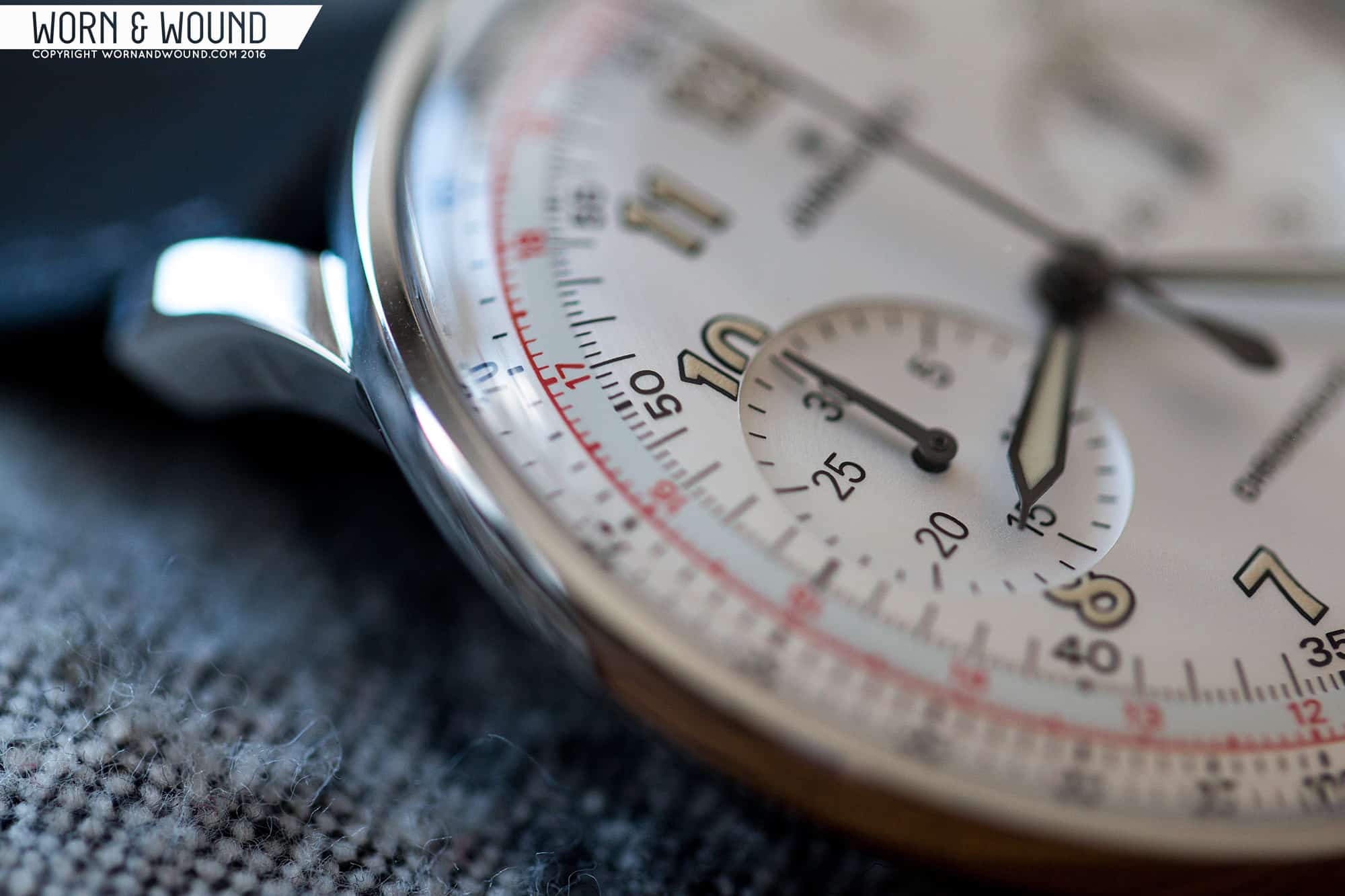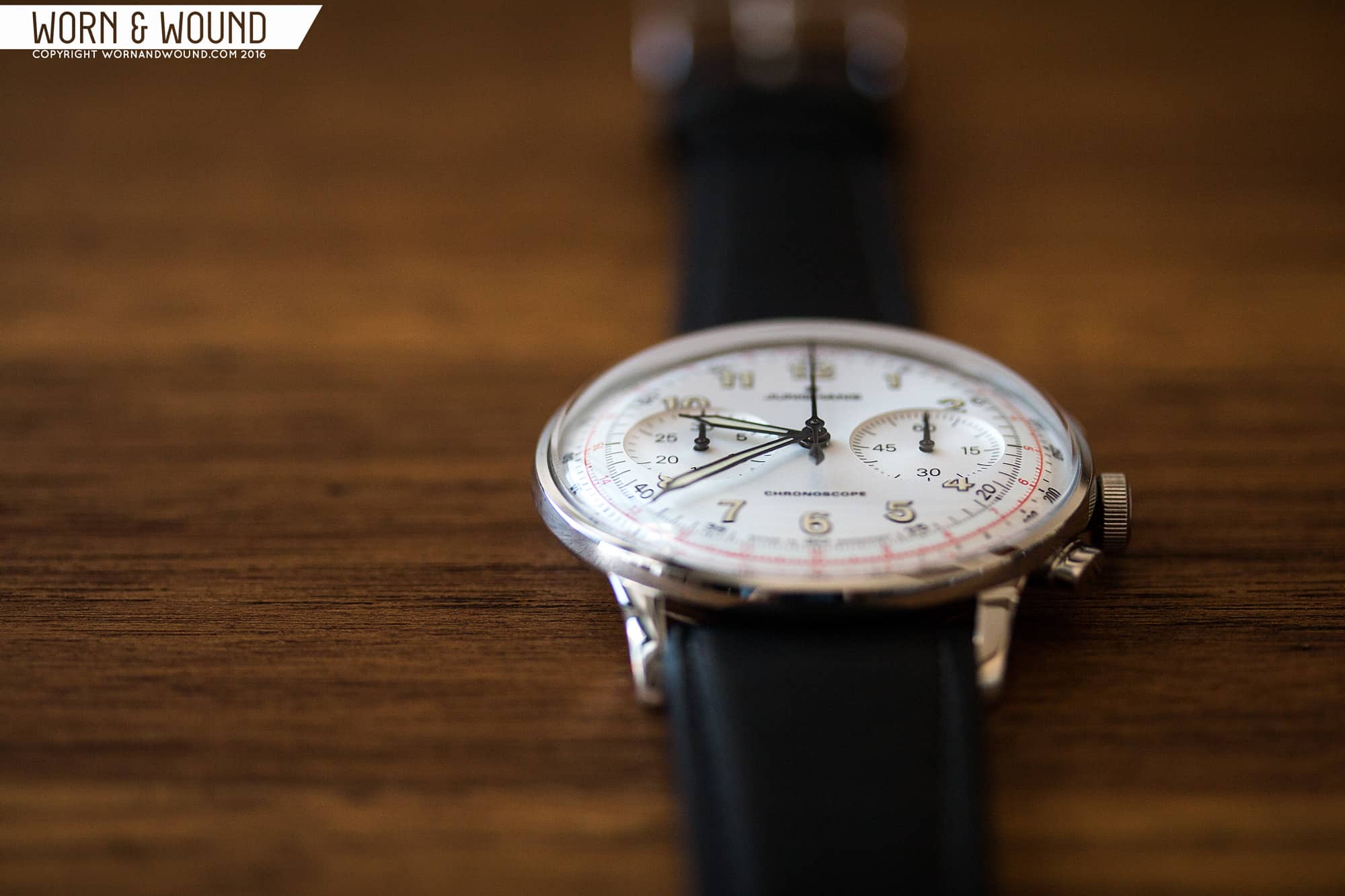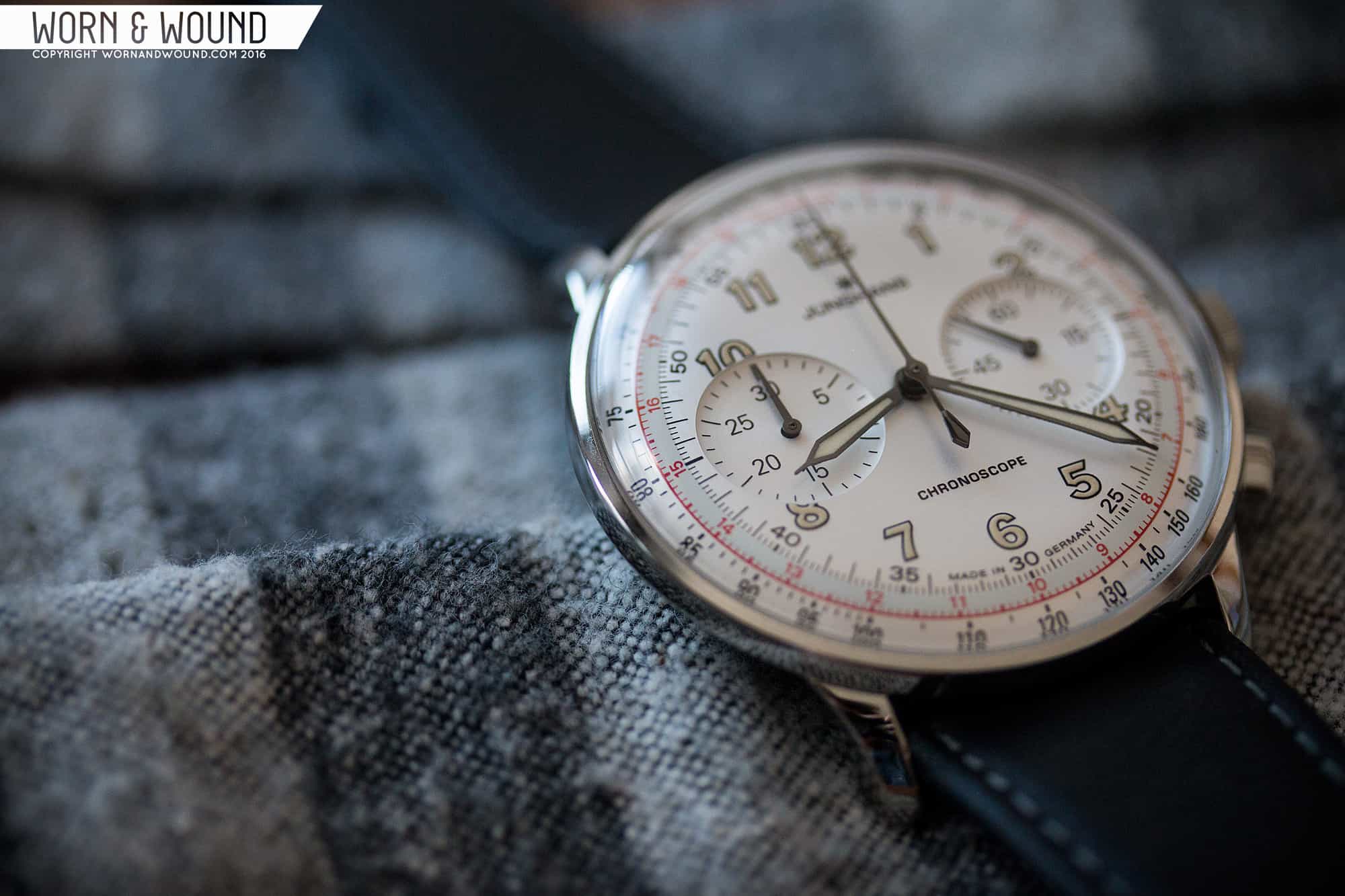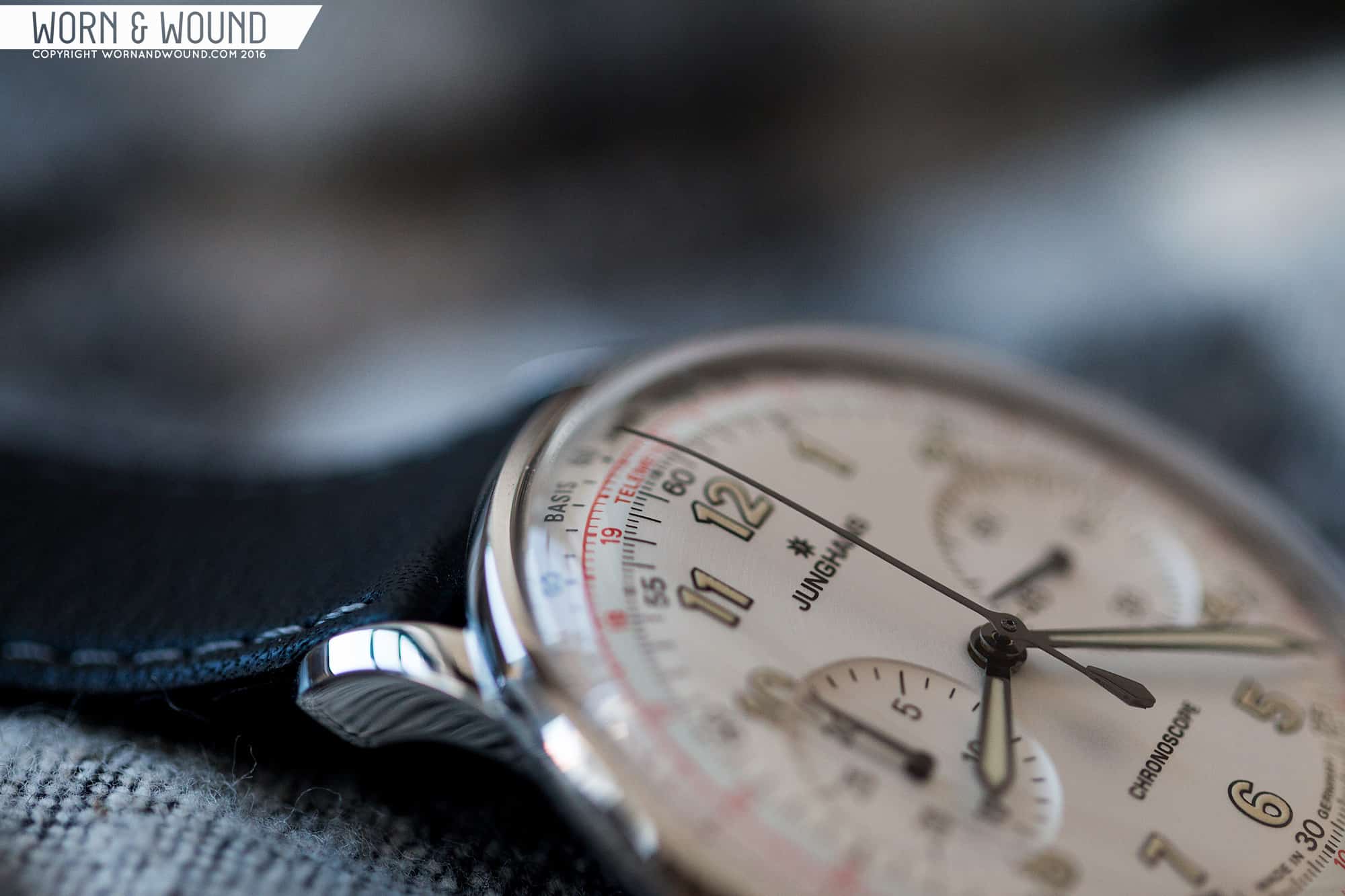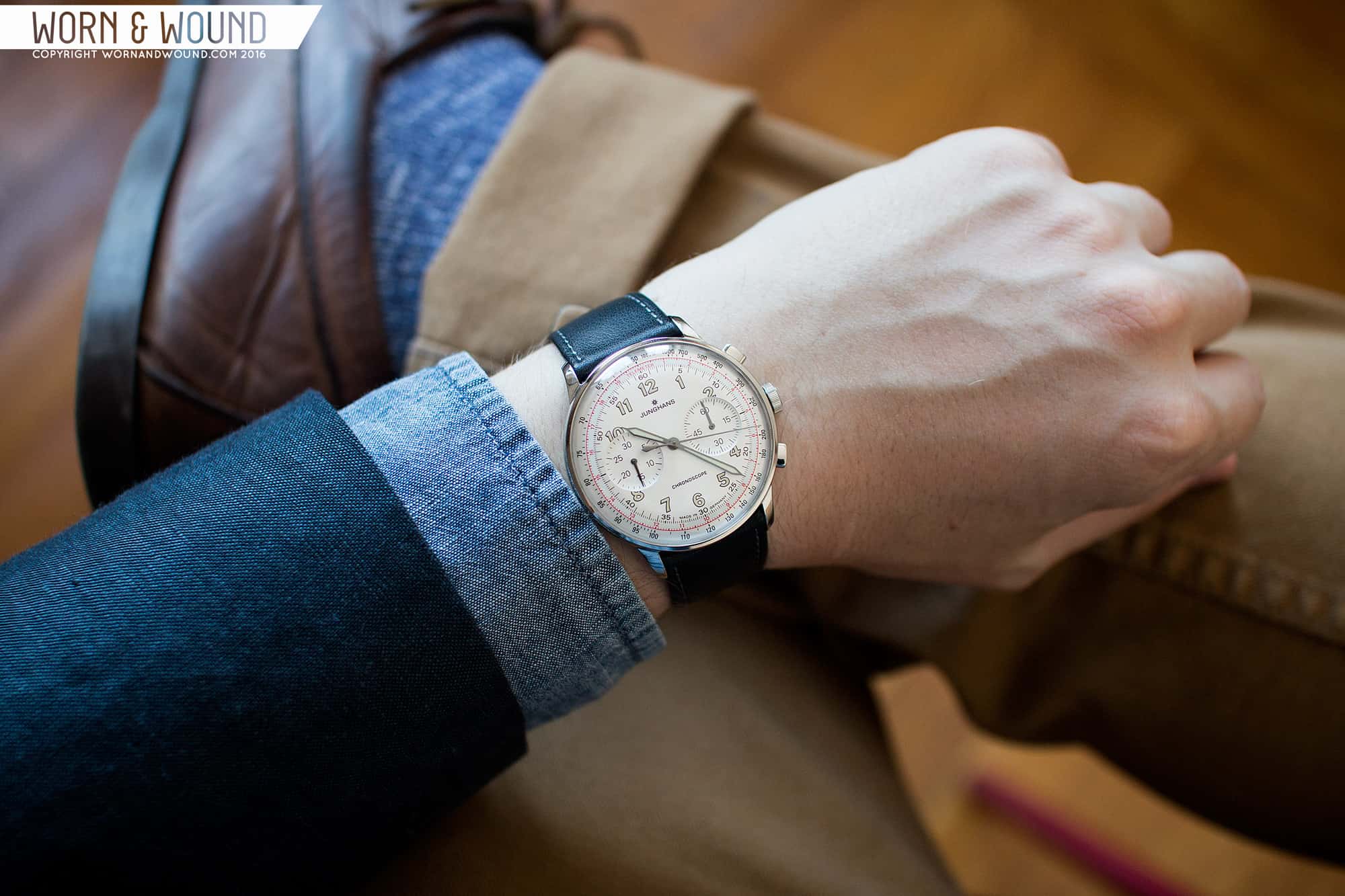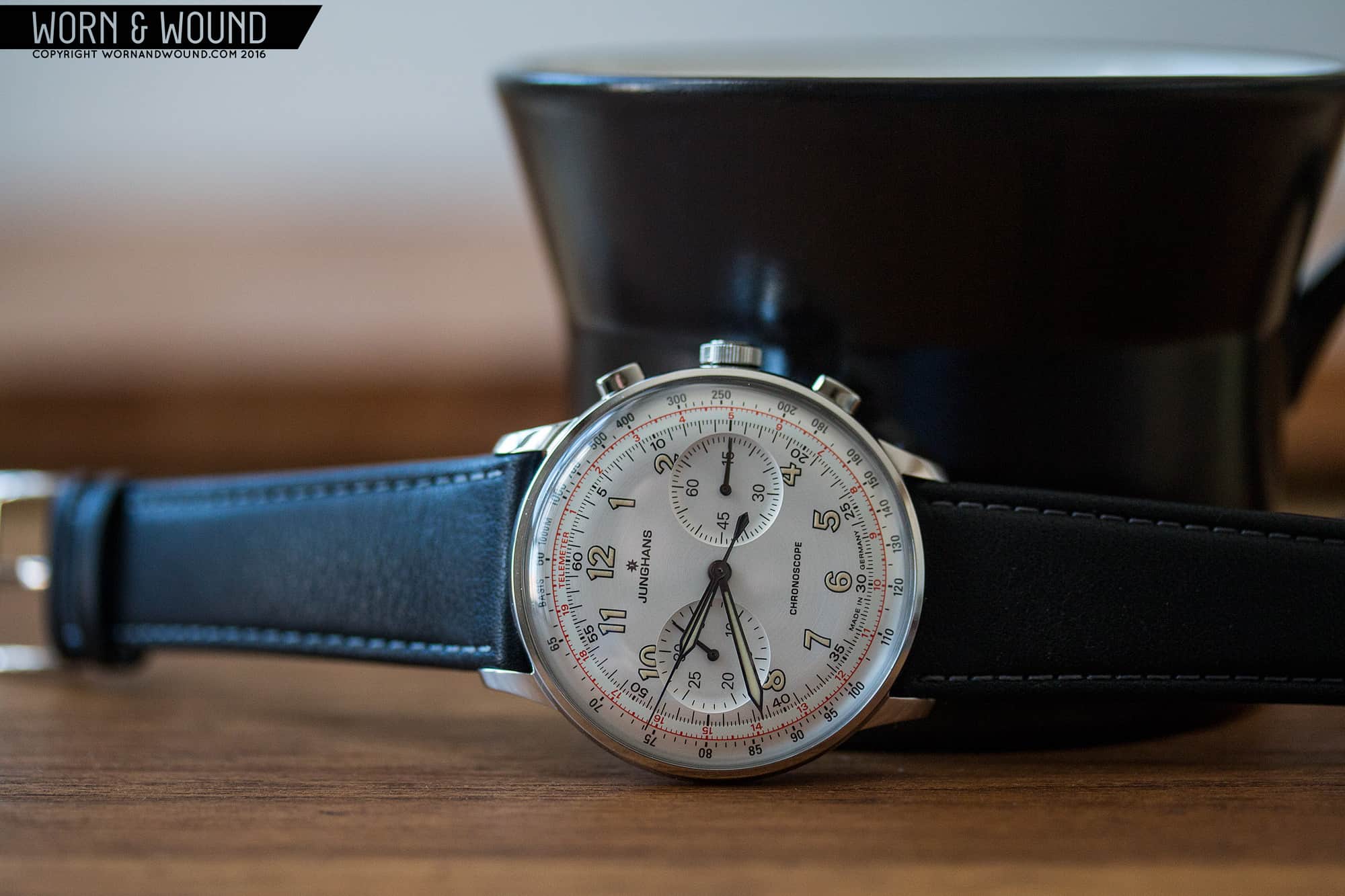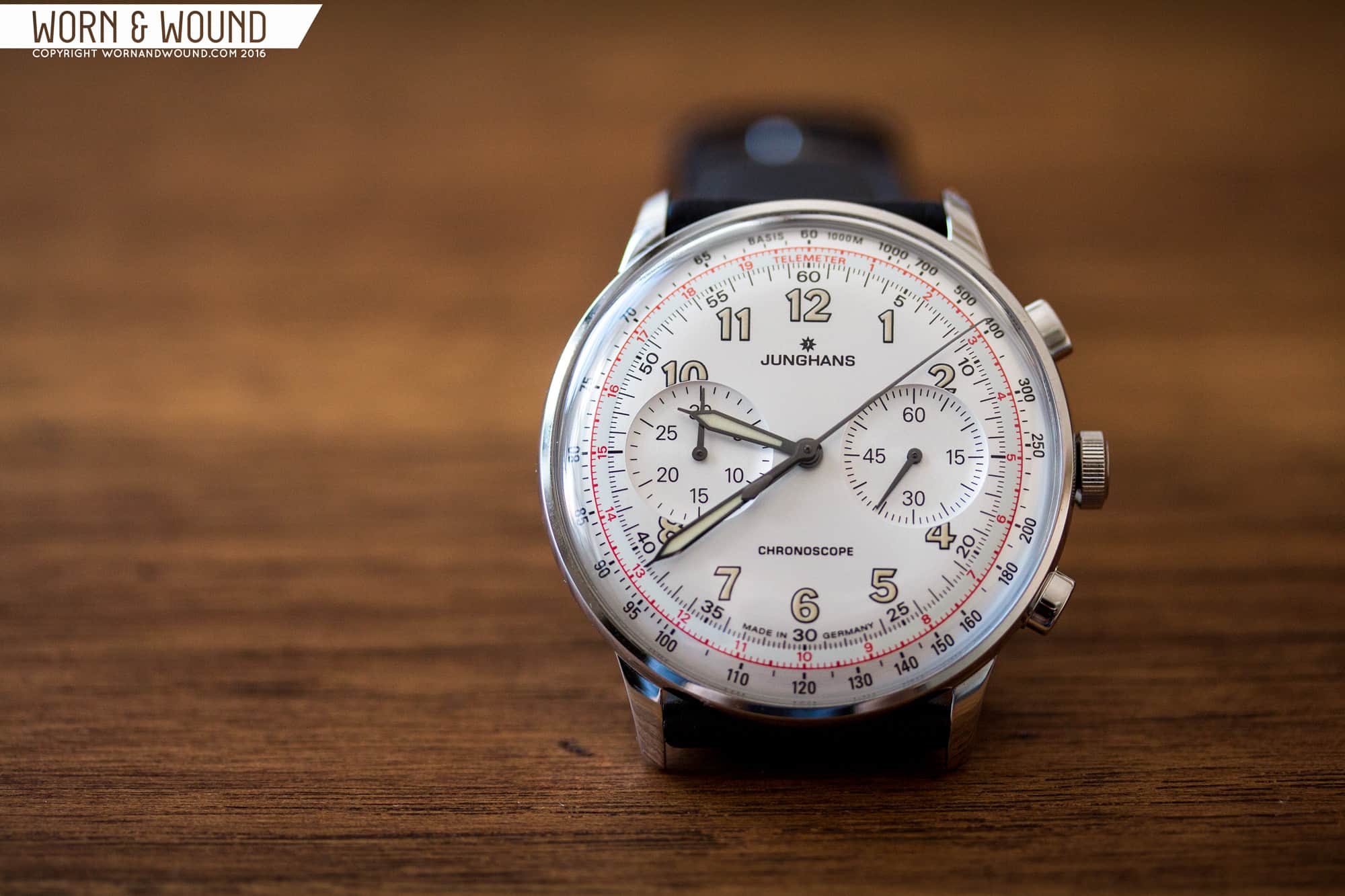A couple of years ago, I had the pleasure of seeing a pre-Basel preview of the Junghans Meister Telemeter Chronoscope. The watch took me off guard with its beautiful interpretation of a vintage style, re-imagined with the finesse only Junghans can provide. In the two years since, it has remained a watch that I’ve thought about, maintaining its position as one of the most exciting releases in years.
As the name indicates, the Telemeter is part of the Meister series, sharing some significant designs traits with others in the line, such as the Meister Kalendar Moon we reviewed just a couple of months ago. But while some things remain the same, the Telemeter is actually a substantial aesthetic departure, and was the first in what have become some more adventurous offerings from the brand. In fact, at this year’s Basel Junghans released the “Driver” sub-line, continuing to push the Meisters into new and exciting territory.
The Telemeter takes the look of vintage chronographs from the early 20th century, with a two-register design, parchment lume, brushed steel dial and red telemeter index. But unlike so many modern re-interpretations of vintage pieces, it doesn’t come across as contrived. Rather, the modern elements of the execution add to the overall look and feel, making for one very attractive watch. Powered by the J880.3 caliber, which is an ETA 2892 with a Dubois Depraz 2030 chronograph module, and coming in at $2,190 this German-made watch is a solid value, albeit not inexpensive, as well.









 Featured Videos
Featured Videos




